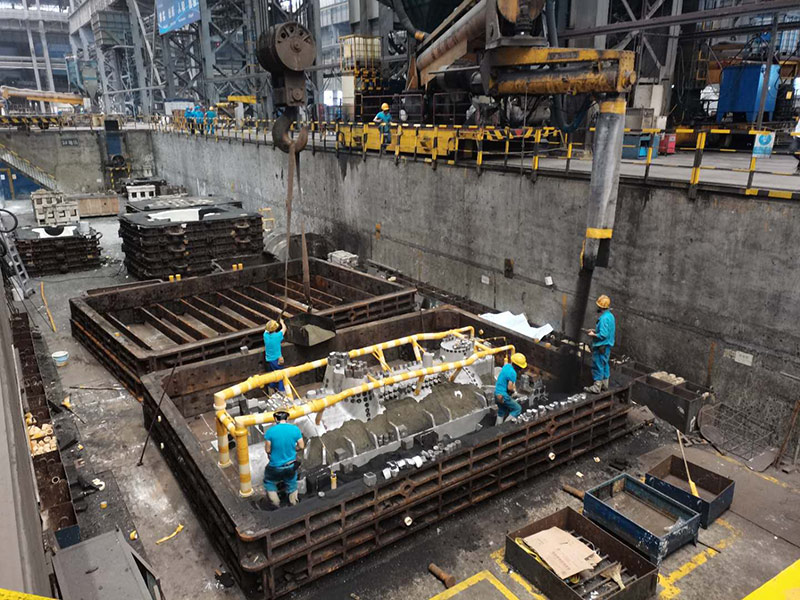The Use of Foundry Sand in Concrete A Sustainable Approach
In recent years, the construction industry has been seeking more sustainable materials to reduce environmental impact. One promising alternative is foundry sand, a byproduct of the metal casting industry. Utilizing foundry sand in concrete not only addresses waste management challenges but also enhances the properties of concrete, making it a valuable resource in modern construction practices.
Understanding Foundry Sand
Foundry sand is silica sand that has been used in the metal casting process. After casting, the sand is usually discarded or landfilled, despite its potential for reuse. Typically, foundry sand is composed of about 90% silica and has properties such as high strength, thermal stability, and low moisture content. These characteristics make it an excellent candidate for use as an aggregate in concrete production.
Environmental Benefits of Using Foundry Sand
One of the most significant advantages of incorporating foundry sand into concrete is the environmental benefit related to waste reduction. The metal casting industry generates millions of tons of used foundry sand each year, and disposing of this waste poses significant environmental challenges. By reusing foundry sand, we can divert it from landfills, thereby reducing waste and conserving landfill space.
Moreover, using foundry sand in concrete can replace a percentage of natural aggregates, such as river sand, which helps reduce the exploitation of natural resources. This is particularly important in areas where natural aggregates are becoming scarce due to excessive extraction. Furthermore, the energy and emissions associated with mining and processing natural aggregates can be minimized, contributing to lower carbon footprints in construction activities.
Enhancing Concrete Properties
use of foundry sand in concrete

In addition to its environmental benefits, foundry sand can enhance the mechanical properties of concrete. Research has shown that incorporating foundry sand can improve workability and reduce water demand due to its spherical particle shape. This leads to a more durable concrete mix that is less prone to cracking and has better long-term performance.
Foundry sand can also improve the overall strength of concrete. Its high silica content contributes to better bonding, while its fine granules help fill voids within the concrete matrix. As a result, concrete mixtures with foundry sand often exhibit increased compressive strength compared to traditional concrete mixes. Additionally, the use of foundry sand can increase resistance to severe weather conditions, making concrete structures more resilient over time.
Challenges in Implementation
Despite the numerous benefits, there are challenges to overcome for the widespread adoption of foundry sand in concrete. Quality control is critical, as not all foundry sand is suitable for construction applications. The presence of harmful impurities, such as heavy metals or organic contaminants, can negatively impact the properties of concrete. Therefore, it is imperative to ensure that foundry sand is thoroughly evaluated and treated before it can be used in concrete production.
Moreover, there is a need for industry standards and guidelines to ensure consistency in the properties of concrete containing foundry sand. Research and development efforts are ongoing to establish these standards, which will facilitate the integration of foundry sand into mainstream construction practices.
Conclusion
The use of foundry sand in concrete represents a sustainable approach to both waste management and construction. By incorporating this byproduct into concrete mixes, we can reduce landfill waste, conserve natural resources, and enhance the performance of concrete structures. As the construction industry continues to evolve and seek greener alternatives, foundry sand offers a practical solution that addresses environmental and structural needs. With continued research and collaboration among stakeholders, the potential of foundry sand can be fully realized, paving the way for a more sustainable future in construction.
Post time:ديسمبر . 31, 2024 17:56
Next:Understanding the Process and Applications of Sand Casting in Metal Production Techniques
